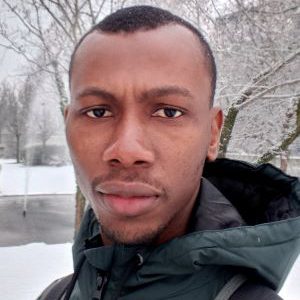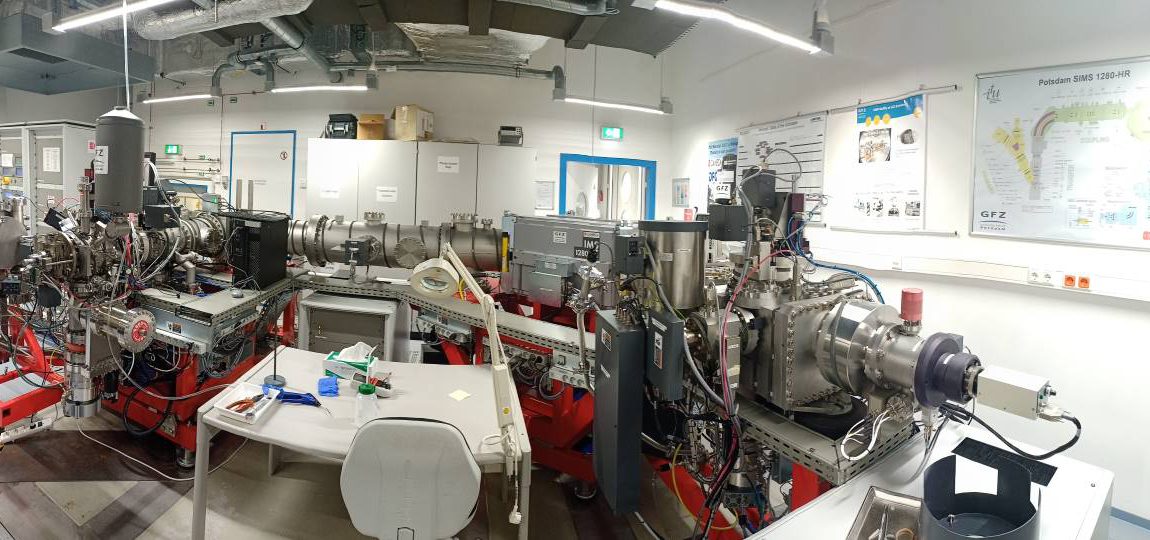
A scientific party of SIMS experts and enthusiasts at the GFZ Helmholtz Centre, Potsdam
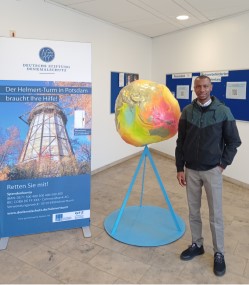
As a young analytical geochemist, I am always fascinated and interested in learning the basics, applications and technical know-how of different instruments and methods used in analytical geochemistry research. I have been particularly interested in the Secondary Ion Mass Spectrometry (SIMS) for a long time and I got an opportunity to acquire first-hand knowledge and experience on the SIMS at the GFZ Helmholtz Centre in Potsdam, Germany. The SIMS Laboratory at the GFZ Potsdam headed by Dr. Michael Wiedenbeck organized a short course on the “Introduction to Secondary Ion Mass Spectrometry in the Earth Sciences” from 17th to 21st April, 2023 which I attended thanks to a grant I recieved from the European Association of Geochemistry.
SIMS short course
The course which was taught by Dr. Michael Wiedenbeck and his team of experts working at the GFZ SIMS Laboratory involved a series of lectures and laboratory visits. About 20 doctoral students from Germany, Italy, United Kingdom, Poland, Estonia and Denmark attended the course. On the first day of the course, Dr. Michael Wiedenbeck introduced the participants to the SIMS technique, types, advantages over other microanalytical techniques as well as its disadvantages. After the lectures, we visited the Potsdam Cameca 1280-HR SIMS facility to see and learn more about the instrument. In the following days of the course, Dr. Michael Wiedenbeck gave in-depth and thorough lectures on the application of the SIMS ranging from isotopic measurements, geochronology, trace elements determinations to depth profiling and ion imaging. We were also taught about sample preparation techniques for the SIMS analysis and its challenges. We realised that the sample preparation is the most important factor that controls the quality of the final data acquired from the SIMS. Dr. Maria Rosa Scicchitano, a Research Scientist at the SIMS Laboratory also taught the participants how to reduce SIMS analytical data using the software at the laboratory.
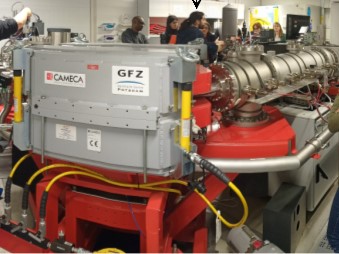
Laboratory visits
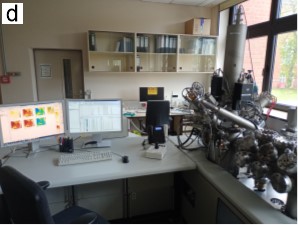
The lectures were usually followed by laboratory visits and this made the course more interesting and practical. On the second day of the course, particpants had the opportunity to visit some other laboratories at the GFZ Helmholtz Centre in Potsdam. We visited the Laser Ablation Multi-Collector Inductively Coupled Plasma Mass Spectrometry (LA-MC-ICP-MS), Scanning Electron Microscopy (SEM), Transmission Electron Microscopy (TEM) and Electron Probe MicroAnalysis (EPMA) facilities to see the instruments, learn how they are operated and their application. In the afternoon of the fourth day of the course, we visited another SIMS facility at the Bundesanstalt für Materialforschung und -prüfung (BAM) in Berlin. The facility at the BAM is a Time of Flight SIMS (TOF-SIMS5) capable of making detailed imaging and chemical characterization of materials in a short time. This instrument is very important in material and geo-sciences.
Networking and Experiences of the SIMS Training Course
Through the course, I was exposed to the SIMS technique and its application, as well as to other microanalytical techniques. The discussions and the numerous questions asked during the lectures and laboratory visits were highly impactful. Dr. Michael Wiedenbeck and his team were very pleasant and always happy to answer questions and discuss, even during lunch breaks. The SIMS course was an amazing experience for me and will be very useful in my future research. The course also provided me with the opportunity to meet like-minded researchers from different parts of Europe. I highly recommend the course for anyone interested in knowing about the SIMS technique. I am grateful to the European Association of Geochemistry for providing me with a Student Sponsorship Grant to attend the short course. The Istituto di Geoscienze e Georisorse– Consiglio Nazionale delle Ricerche (IGG-CNR) also supported my attendance at the course.


